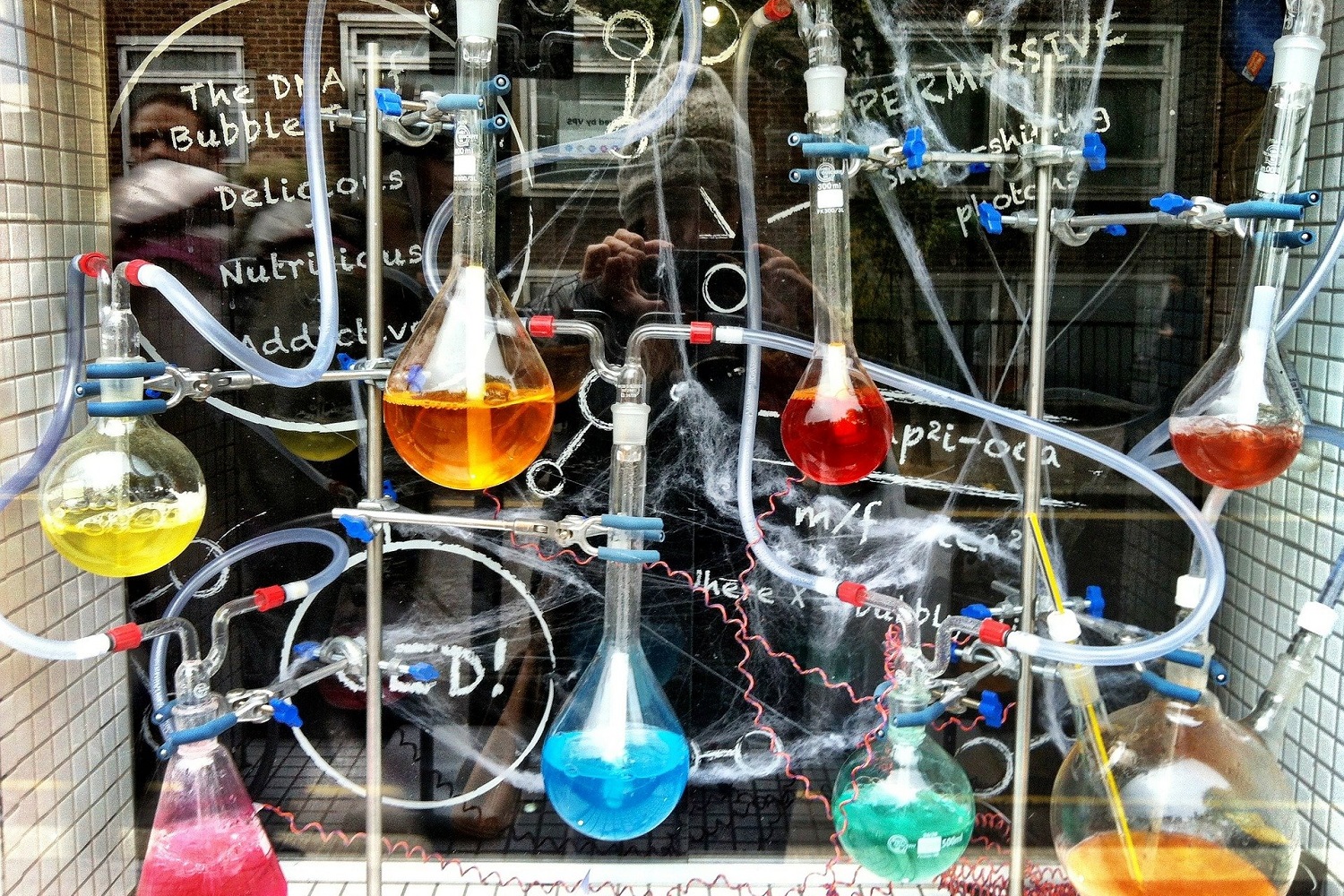How do I solve chemistry problems? How do you do simple calculations from chemical reaction equations? How much gas is released, how much water is formed, how much precipitate is precipitated, or how much of the end product of the reactions is produced? Now we will try to break down all the nuances and answer these questions that very often arise when studying chemistry.
Problem solving in chemistry is an integral part of learning this complex but very interesting science.
Algorithm of solving chemistry problems
- Read the conditions of the problem (if there are any). Yes, everyone knows about it – how to solve a problem without conditions – but still, for the completeness of the instructions, we could not fail to specify this point.
- Write down the problem data. We will not focus on this point, as the requirements of different schools, teachers, and teachers can vary greatly.
- Write down the reaction equation. Now comes the fun part! Here you need to be careful! Be sure to put the correct coefficients in front of the formulas of substances. If you forget to do this, all our efforts will be in vain.
- Do the appropriate calculations on the chemical equation. Next, let’s look at how to do these very calculations.
To do this, we have two ways of solving a chemistry problem. Conditionally, let’s call them the right way (using the concepts of amounts of matter) and the wrong way (using proportions). Of course, we would recommend solving chemistry problems the right way. Since the wrong way has a lot of opponents. As a rule, teachers believe that students solving problems through proportions, do not understand the essence of the process of chemical reactions and solve problems simply mathematically.
Calculation by chemical reaction equations using the concept of amount of substance
The essence of this method is that substances react with each other in a strict ratio. And the reaction equation that we wrote down earlier gives us this ratio. The coefficients in front of the formulas of the substances give us the data we need for calculations.
For example, let’s write down a simple reaction of neutralizing sulfuric acid and sodium hydroxide.
H2SO4+NaOH→Na2SO4+H2O H_{2}SO_{4} + NaOH → Na_{2}SO_{4} + H_{2}O H2SO4+NaOH→Na2SO4+H2O
Let’s arrange the coefficients:
H2SO4+2NaOH→Na2SO4+2H2O H_{2}SO_{4} + 2NaOH → Na_{2}SO_{4} + 2H_{2}O H2SO4+2NaOH→Na2SO4+2H2O
From this equation, we see that one molecule of sulfuric acid interacts with two molecules of sodium hydroxide. And this reaction results in one molecule of sodium sulfate and two molecules of water.
Solving Chemistry Problems through Proportion
Well, let’s talk about the second method of calculations using chemical reaction equations – calculations through the proportion. This method may seem a little easier, because in some cases you can skip the stage of translating the mass of a substance into its quantity. To make it clearer, I will explain using the same example.
For this method, we also need to write down under the reaction equation, following the molar mass, the mass of the substance corresponding to its amount in the equation. More simply, simply multiply the two lines below the reaction equation, the mole number and the molar mass.
Now pay attention, the magic begins! We are interested in the data line above the equation, and the very bottom line below the equation. Let’s make a proportion out of this data. Next, find the unknown value of X from the proportion and rejoice in the value obtained.
As we can see, we get the same result. First of all, when solving chemistry problems, the most important thing is still to understand chemical processes. Then solving the problem won’t be a problem for you!

